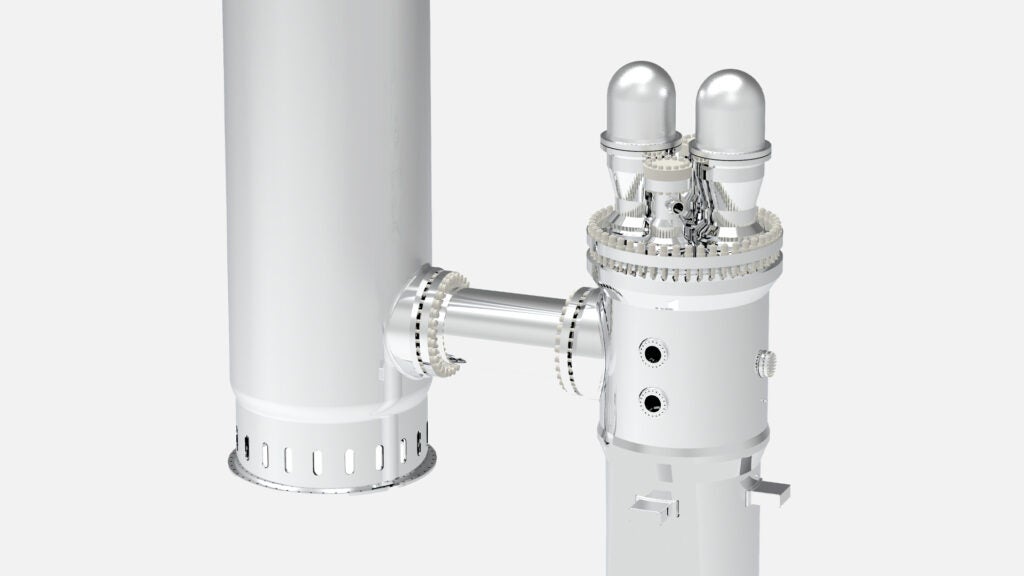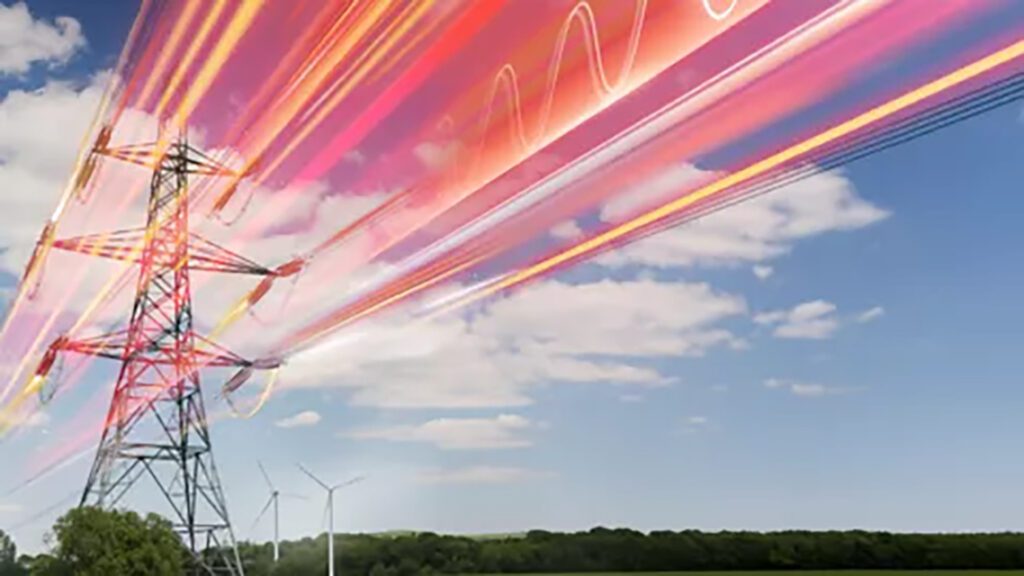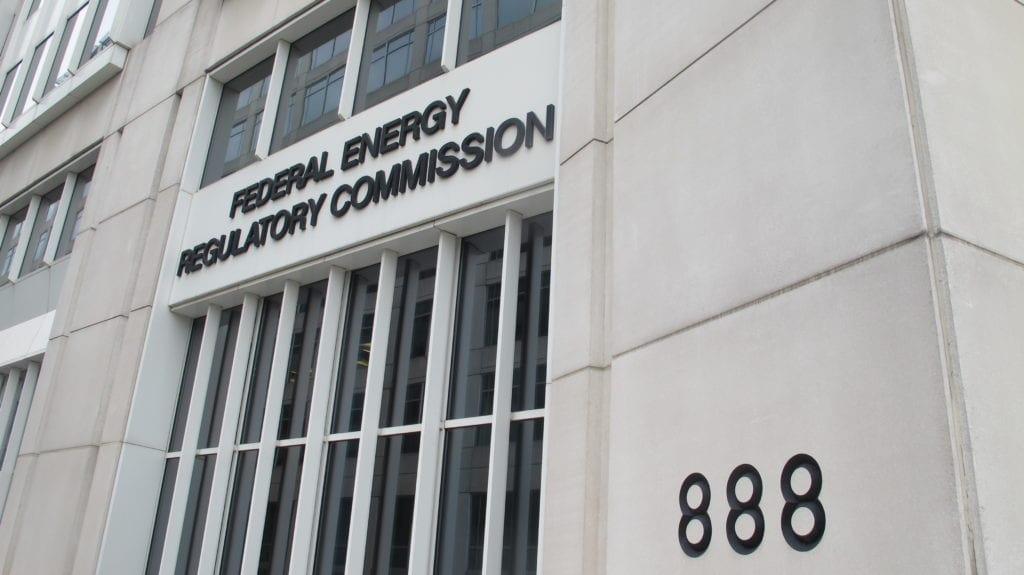The U.S. currently has 94 commercial nuclear power reactors that generate electricity at 53 plants throughout the country. These plants generate 45% of our nation’s carbon-free electricity and have an average capacity of 93%, making nuclear power particularly well-suited to powering data centers for companies with low-carbon goals.
Recognizing their desirable attributes and long-term potential to meet data center demands for power, several technology companies have announced their intention to team up with nuclear developers. At the same time, three companies with shuttered nuclear plants have notified the U.S. Nuclear Regulatory Commission (NRC) of their plans to restart those facilities, which were closed for economic reasons.
COMMENTARY
Data center companies are looking at siting facilities at existing nuclear plant sites or partnering with power companies to build dedicated reactors to power their operations. The federal government has taken note and is reacting to these trends. For example, the Federal Energy Regulatory Commission (FERC) has been evaluating regulatory and policy issues related to the co-location of large loads with generating facilities, including equitable cost allocation and cost-shifts between behind-the-meter data centers and other power customers; shortages in dispatchable power and other potential grid impacts; and resource adequacy and reliability.
Spotlight on Regulatory Issues
While co-location of large loads is not a new phenomenon, the interest in these arrangements from data center developers and other stakeholders has placed the regulatory issues squarely in the spotlight. Following a technical conference convened late last year to evaluate these issues, FERC recently opened a “show cause” proceeding to review issues associated with the co-location of large loads, such as artificial intelligence (AI)-enabled data centers, at generating facilities in the PJM Interconnection region. The order issued by FERC in the show cause proceeding directs PJM and transmission owners within the region to tell FERC why PJM’s open-access transmission tariff comports with minimum legal standards, or what changes must be made to the tariff to identify concerns on this issue. In a related development, FERC plans to convene another technical conference later this year, this time to evaluate current and impending risks to resource adequacy challenges driven by the growing demand for reliable electricity.
Together, these FERC proceedings convey to stakeholders—including data center developers, generator owners, utilities, and state commissions—that the status quo appears insufficient to address the new phenomenon of AI-enabled data centers and the impacts of their power demand on the grid. While FERC has been preliminarily focused on grid reliability and consumer cost concerns, there are myriad other issues that will likely surface and become more prominent as a result of these proceedings. As FERC Chairman Mark Christie emphasized, the commission needs to “get it right” when it comes to evaluating co-location issues.
The importance of these issues has also been recognized more broadly within the executive branch and across party lines . Shortly before departing office, President Biden issued an executive order on “Advancing U.S. Leadership in AI Infrastructure” on Jan. 14, 2025, just before leaving office, directing the U.S. departments of Defense and Energy to lease sites to host gigawatt-scale AI data centers and new zero or low-carbon power facilities (including nuclear reactors), and “to facilitate this infrastructure’s interconnection to the electric grid, fulfilling permitting obligations expeditiously, and advance transmission development around federal sites.” The order requires developers to fund all infrastructure costs, but with expedited treatment for permitting, interconnection, and transmission. The current administration has also emphasized the importance of data center and energy infrastructure development. In his first week in office, President Trump announced ambitious investment targets for AI-related infrastructure and expressed a willingness to leverage the executive branch’s broad emergency authorities to expedite co-located energy generation and data center development.
The current administration has also expressed its support for nuclear power. Trump on the first day of his second term issued and executive order that directed agencies to review existing regulations that impose an undue burden on the identification, development, or use of domestic energy resources, “with particular attention to oil, natural gas, coal, hydropower, biofuels, critical mineral, and nuclear energy resources.” Likewise, Trump’s executive order declaring a national energy emergency directed relevant agencies to exercise any lawful emergency authorities” to “facilitate,” among other things, the “transportation [and] refining” of uranium to further develop the generation of nuclear power.
Trump also established the National Energy Dominance Council through an executive order aimed at increasing America’s energy production. The order seeks to promote the use of America’s natural resources, including uranium, and the council has been tasked with providing recommendations to the president within 100 days, including actions that can be taken to bring small modular nuclear reactors online. On Feb. 5, Energy Secretary Chris Wright issued an order various actions, including a measure to unleash commercial nuclear power in the U.S. : “The long-awaited American nuclear renaissance must launch during President Trump’s administration. As global energy demand continues to grow, America must lead the commercialization of affordable and abundant nuclear energy. As such, the Department will work diligently and creatively to enable the rapid deployment and export of next-generation nuclear technology.”
Integrating Nuclear Energy
As Morgan Lewis began discussing almost a year ago, companies with large energy demands have already been integrating nuclear energy into their operations. Such integration allows for these companies to meet their carbon emission targets in a reliable manner and facilitates financing by providing a reliable revenue stream. Nuclear industry participants at FERC’s technical conference also opined that the ability to serve the large loads created by burgeoning energy-intensive industries creates a commercially-justifiable reason to continue to operate nuclear plants and to pursue relicensing, and to expand the current fleet of reactors.
Small modular reactors present one option for meeting the needs of electricity-intensive projects, and one with lower up-front capital costs than associated with building large-scale new reactors. Co-locating new electricity-intensive projects with existing nuclear facilities or with mothballed nuclear facilities that can be repowered present another option with lower up-front capital costs and a quicker access to generation.
The NRC currently has two licensing pathways that can be used to license new nuclear power plants. The 10 CFR Part 50 measure provides a well-established, two-step licensing process whereby an applicant first applies for a Construction Permit (CP) and subsequently files an application for an Operating License (OL). 10 CFR Part 52 provides a single-step licensing process whereby an applicant files just one application and receives what is known as a Combined Operating License because it combines authorizations of both the CP and the OL.
In addition, Part 52 contains provisions for acquiring approval from the NRC for a site to host a reactor (an Early Site Permit) and approval of a certified reactor design (a Standard Design Certification). Because both Parts 50 and 52 were written for large, light-water reactors, the NRC recognized that some requirements may not apply to advanced reactors and is currently creating a new licensing pathway that will be codified in 10 CFR Part 53 to provide a risk-informed, technology-inclusive licensing framework geared toward the next generation of reactor technologies, including non-light-water-reactors. The NRC has indicated that it expects to issue the Part 53 final rule by the end of 2027.
A further consideration is whether state laws are implicated and any power sales under co-located generation arrangements should be considered retail transactions subject to state regulatory laws. State laws may restrict or condition those direct sales of power to “end-use” customers (i.e., a customer who is the ultimate consumer of the power they purchase), which could ultimately prevent an independent developer from co-locating generation behind an existing customer meter.
Independent generators located off-site may still have the ability to serve those end-user data center customers pursuant to bilateral power purchase agreements, a common practice, but those power sales would occur over the broader grid and not directly from the generator itself, as in a co-location arrangement. Existing nuclear generators owned by a franchised utility and selling within their service territory would not face such restrictions, although serving co-located data centers would still be subject to review for rate and reliability impacts, potentially by both state regulators and FERC.
—Jane Accomando is a co-leader of Morgan Lewis’ internationally recognized global energy industry team and a co-leader of the Morgan Lewis Data Center Strategic Initiative. Arjun Prasad Ramadevanahalli of Morgan Lewis represents electric power, natural gas, and oil industry participants in regulatory and transactional matters. Patrick Pennella of Morgan Lewis assists in the representation of major energy industry participants, including electric utilities, nuclear plant operators, and oil and gas pipelines.



















